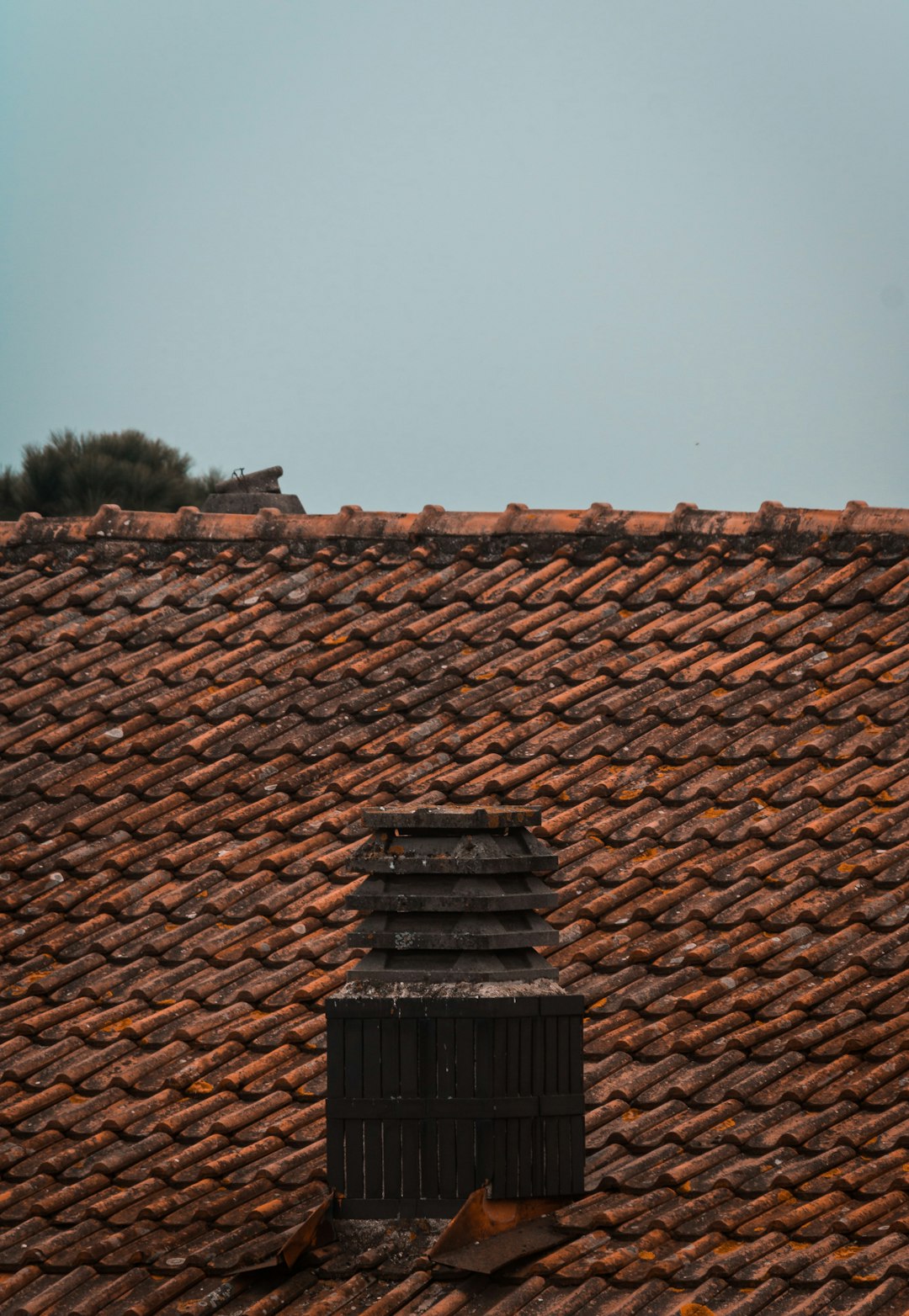Since the roof is the component of the building that protects the entire structure, it is evident that a roof is a part of any new home construction.
Roof replacement will eventually be required for existing homes. Every type of roofing material ultimately wears out, whether it’s metal, flat, shingle, or mobile home roofing. It will be necessary to build a brand-new roof entirely when repairs are no longer sufficient to keep the roof functional.
The following are indications that you may need a new roof: visible storm or other weather-related damage; obviously worn asphalt shingles; curled or cupped shakes; and cracked shingles.
Unsecured metal panels
To evaluate a roof and estimate how much (if any) life is left in it, a qualified roof contractor can undertake an inspection. In general, the following should be anticipated if it’s time for a roof replacement:
- Before the old roofing materials are removed from your home, a dumpster (or dumpsters) may be provided.
- In order to be installed already, the new roofing materials might arrive before the day the roofing project is scheduled to begin.
- To guard against damage from prolonged downpours, a water barrier could be put in.
- The drip edge will be attached to the roof’s lower edge.
- The synthetic or felt underlayment will be fastened firmly.
- The drip edge will be attached to the roof’s sides in the same manner as its residential roofing installationon the bottom.
- The roofing contractor is responsible for doing the last cleanup to get rid of any fallen debris.
- To make sure everything is in working order, a last examination ought to be performed.
Like most homeowners, you most likely have little knowledge about your roof.
I’ll be dissecting the elements that comprise your roof system as a result.
Let’s discuss the functions of the eight primary parts of a residential roof system.
1. Decking on the roof
The hardwood planks or plywood that serve as the framework for your roof system are known as roof decking, sometimes referred to as roof sheathing. The foundation upon which the remainder of your roof is built is called decking.
(Roof decking OSB)
Plank decking and sheet decking are the two varieties of roof decking. The components of plank decking are rectangular, elongated timber boards that are available in two sizes: 1×6 and 1×8.
Simply put, sheet decking (also known as sheathing) is made of flat plywood or OSB sheets of wood.
Wood chips or strips are squeezed together to create oriented strand board (OSB), which is a flat 7/16″ sheet. Different thicknesses of plywood (⅜”, ½”, ⅝”, and ¾”) are available based on the rafters’ span.
2. Rip-off edge
Installed at the margins of the roof (rakes and eaves), drip edge is metal flashing that prevents water from passing beneath your roofing materials. Without it, prolonged exposure to water will cause the fascia board and roof decking to decay.
Actually, the building code requires drip edge to be installed at the rakes and eaves. It must be installed appropriately in addition to passing an inspection for your property.
Unfortunately, we see far too many roofs without drip edges because some roofing contractors choose not to install it out of pure laziness or to keep their rates lower. You should discuss drip edge if it isn’t included in your roof estimate or look for a different roofer.
3. Underlayment for roofs
To add an additional layer of weather protection between your roof decking and your roofing material (metal roof, asphalt shingles, etc.), you can install roof underlayment. Underlayment is there to shield your roof decking in the event that water seeps beneath your commercial roofing materials.
The artificial underlayment
Underlayment comes in two varieties: felt and synthetic.
Felt underlayment is available in rolls weighing 15 and 30 pounds, and it has a longer history in the roofing industry. Both varieties of felt underlayment function well, but 30 lb felt is more robust, thicker, and less likely to tear than 15 lb.
Spun or woven polyethylene or polypropylene is used to make synthetic underlayment. Compared to felt underlayment, synthetic underlayment is more resilient, retains nails better, and deters water better.
Although felt is a good option, I advise investing in synthetic underlayment for its added utility and protection.

